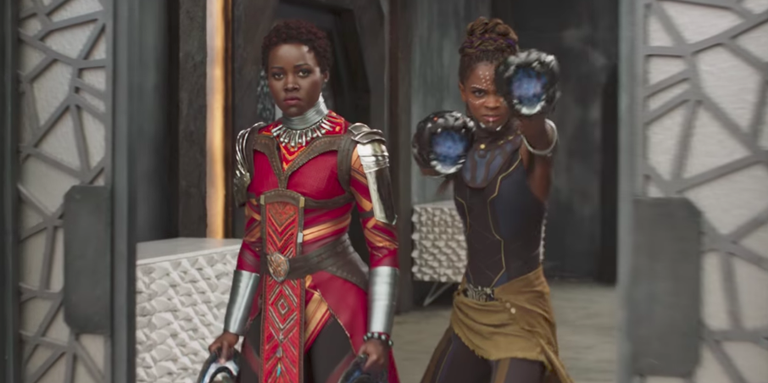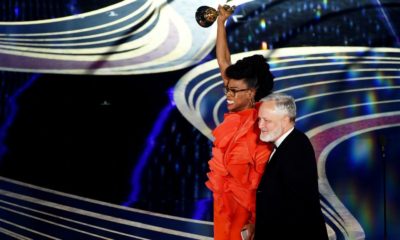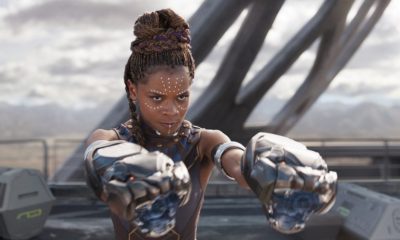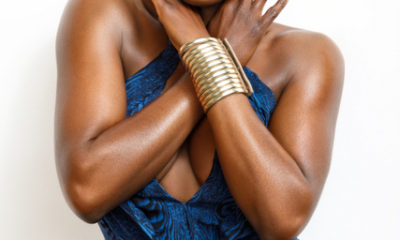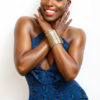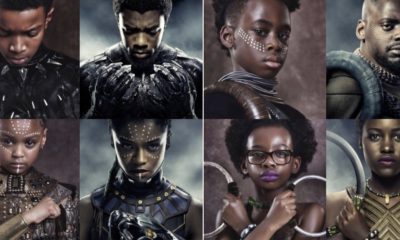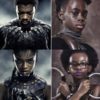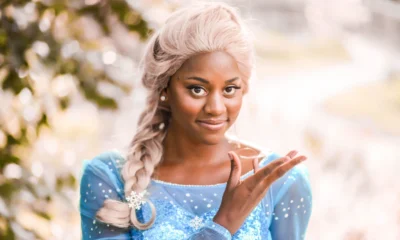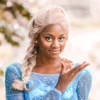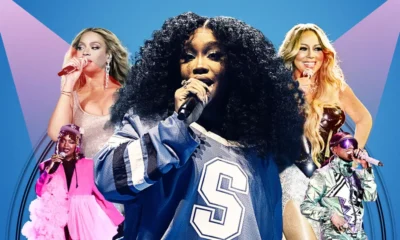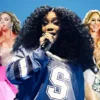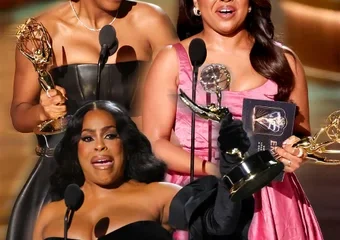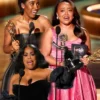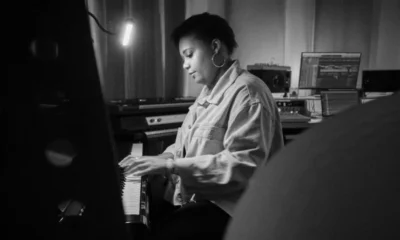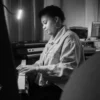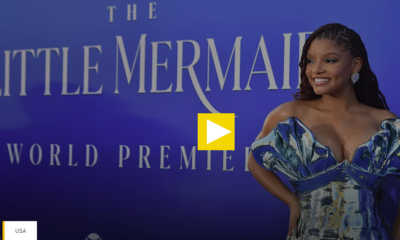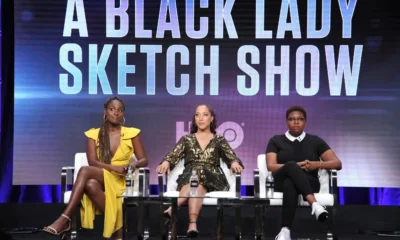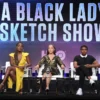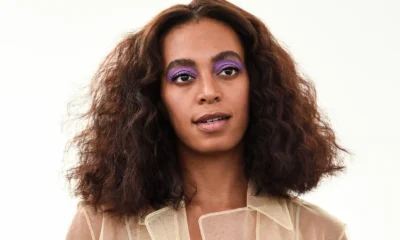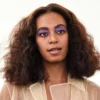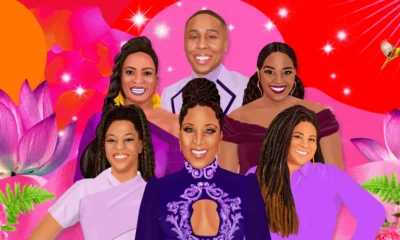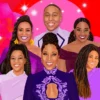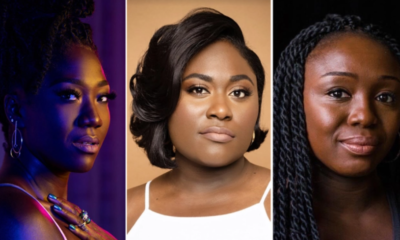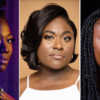Black Women in Entertainment
BLACK PANTHER COSTUME DESIGNER TALKS INSPIRATION, ACTIVISM AND BLACK LIVES MATTER
An interview with the costume designer Ruth Carter.
I had to resist the urge to wear one of my homemade Hamilton costumes to my interview with costume designer Ruth E. Carter. We were meeting to chat at San Diego Comic Con, and when I wasn’t working I was running around dressed as a character from the Revolutionary War–era musical Hamilton, because that’s just what you do at a comic-book convention. And because I wanted to impress her. But in the end, I kept it cool and denim casual, because the topics I wanted to discuss were a little too weighty for four sets of corsets.
A frequent Spike Lee collaborator, Ruth designed a significant part of my childhood. Halle Berry’s gold teeth and orange jumpsuit in B*A*P*S, the blond high-tops on the gangs in The Meteor Man, and that black trench coat that embodied the 1970s cool of Shaft in 2000 are all crystallized images, firmly embedded in my memories of growing up in the ’90s and early aughts. As a black woman who loves vintage clothing, I find many of the looks she’s created for black actresses aspirational. As a student of American history, her work has made it easier for me to paint a clear picture in my mind of my own past and how it directly relates to my present.
Ruth has created costumes for nearly every type of protest, movement, and rebellion in black American history. She’s dressed revolting and runaway slaves, anti-lynching leaders, civil-rights icons, and gun-control activists, just to name a few. This aspect of our work was made unfortunately more relevant by the timing of our chat — two weeks after the police shootings of two unarmed black men, Philando Castile and Alton Sterling.
In the few minutes she had between panels, we chatted about how Black Lives Matter has influenced her thinking on her newest project, Ryan Coogler’s Marvel film, Black Panther; the arc of protest fashion; and what clothing says about the movements who don it.
Kendra James: Your costumes for Roots looked meticulously researched, especially in contrast to the generic loincloths and patchwork leathers from the ’70s version. Is that informing your designs for Black Panther, where you’re creating an aesthetic for the fictional African nation of Wakanda?
Ruth Carter: I’m looking at the whole continent and a wide range of people, like the Masai and the Suri. It all becomes a part of the framework of Wakanda. Most people who read the comic books know Wakanda is a mountainous area; it’s a secret place that’s not necessarily trading and interacting with the rest of the world. They’re a little bit more advanced in technology…
Please read original article- BLACK PANTHER COSTUME DESIGNER TALKS INSPIRATION, ACTIVISM AND BLACK LIVES MATTER



